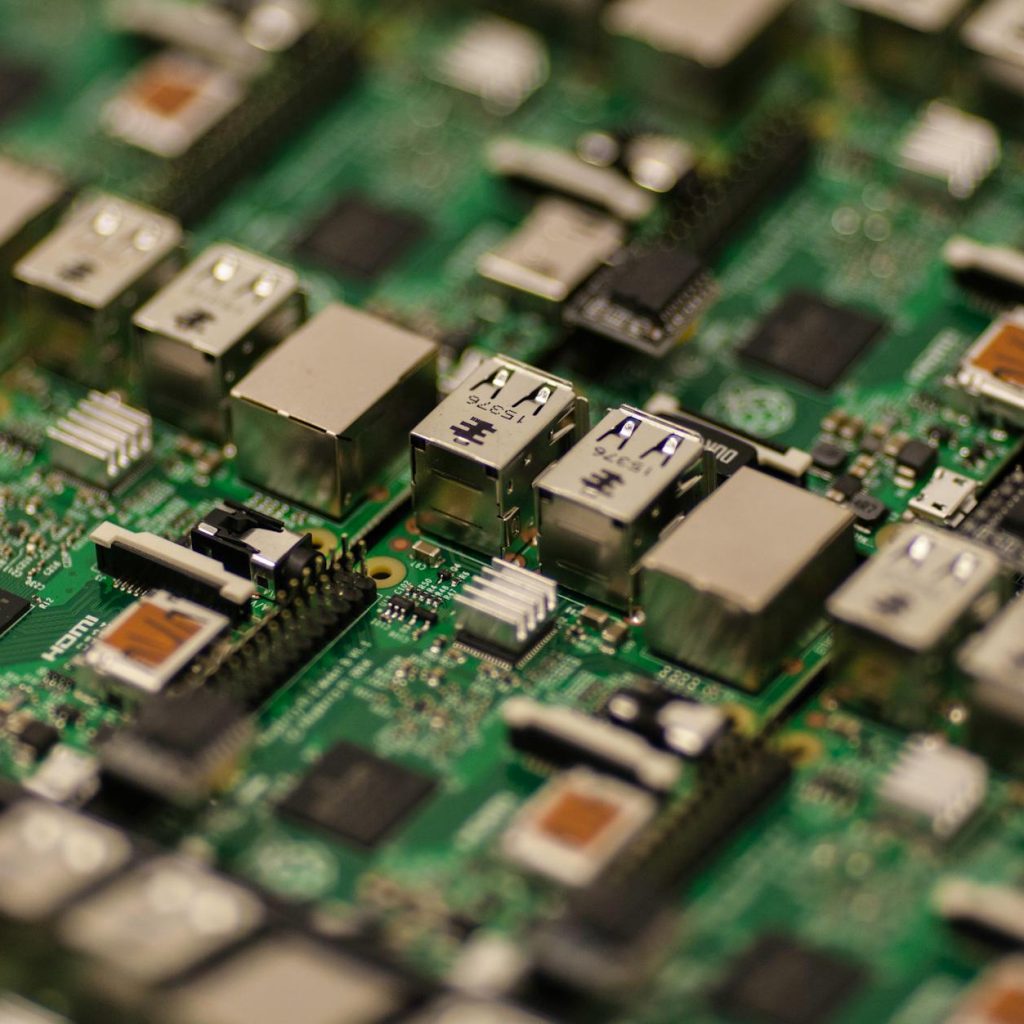Stunning Ambient Computing: The Future of IoT Trends
Ambient computing is revolutionizing the way we interact with technology, creating a seamless and intuitive connected world. It’s a transformative force in the realm of IoT trends, reshaping how devices, data, and environments work together to enhance our daily lives. As we delve into the future of IoT, ambient computing emerges as a cornerstone, promising to make technology more invisible, yet more powerful than ever.
In this post, we’ll explore what ambient computing is, how it differs from traditional IoT, and its exciting applications across various industries. By the end, you’ll understand why ambient computing is the future of IoT trends and how it’s set to redefine the relationship between humans and technology.
—
What Is Ambient Computing?

Ambient computing refers to the concept of embedding computational capabilities into everyday environments and objects, creating smart, context-aware systems that anticipate and respond to user needs without requiring direct interaction. It’s an evolution of the Internet of Things (IoT), where connected devices are designed to operate in the background, blending into the fabric of our surroundings.
Think of it this way: while IoT focuses on connecting devices, ambient computing focuses on creating intelligent ecosystems where these devices work together to enhance human experiences. It’s about making technology so intuitive that it feels almost invisible. For instance, imagine walking into a smart home where the lights, thermostat, and entertainment system adjust automatically based on your preferences and habits. That’s ambient computing in action.
—
How Does Ambient Computing Differ from Traditional IoT?
Ambient computing takes IoT to the next level by prioritizing user experience and seamless integration. While IoT is often about connecting devices to collect data, ambient computing is about creating meaningful interactions between devices, users, and their environment.
Here are some key differences:
1. Proactive vs. Reactive: IoT devices often require users to initiate actions, like pressing a button or giving a command. Ambient computing, on the other hand, is proactive, anticipating needs based on context and data.
2. Integrated vs. Isolated: IoT devices can function independently, but ambient computing relies on interconnected systems working together. It’s about creating a cohesive ecosystem rather than standalone solutions.
3. Ubiquitous vs. Obtrusive: Ambient computing aims to be invisible, with technology fading into the background. Traditional IoT devices are often more visible and require active engagement.
In short, ambient computing is IoT’s smarter, more mature sibling, focused on creating a frictionless, intuitive user experience.
—
The Role of AI and Machine Learning in Ambient Computing
Artificial intelligence (AI) and machine learning (ML) are the backbone of ambient computing. These technologies enable devices to understand context, learn from user behavior, and make intelligent decisions in real time.
For example, AI algorithms can analyze patterns in your daily routines to optimize energy consumption in a smart home. If you leave the house every morning at 8 a.m., the system can automatically turn off the lights and lower the thermostat to save energy. Over time, the system gets smarter, adapting to changes in your schedule and preferences.
Similarly, machine learning enables devices to improve their performance and accuracy over time. For instance, voice assistants like Alexa or Google Assistant use ML to better understand accents, slang, and contextual cues, making interactions more natural and accurate.
Without AI and ML, ambient computing would just be a collection of connected devices. With these technologies, it becomes a powerful platform for creating intuitive, intelligent environments.
—
Key Applications of Ambient Computing
The potential of ambient computing is vast, spanning industries from healthcare to retail. Here are some exciting applications that highlight its transformative power:
1. Smart Homes and Cities
Smart homes are one of the most visible examples of ambient computing. Imagine a home where everything from lighting to security systems is tailored to your preferences and routines. For instance, as you approach your front door, your home recognizes your arrival via a smartphone or wearable device and automatically unlocks, adjusts the lighting, and starts playing your favorite music.
Cities are also benefiting from ambient computing. Smart traffic systems use sensors and AI to optimize traffic flow, reducing congestion and lowering emissions. Ambient computing can even enhance public safety by analyzing real-time data from surveillance cameras and sensors to identify potential risks.
2. Healthcare
In healthcare, ambient computing is improving patient care and streamlining clinical workflows. For example, wearable devices can continuously monitor vital signs, sending alerts to healthcare providers if any anomalies are detected. Smart hospital rooms can adjust lighting, temperature, and even entertainment based on a patient’s needs and preferences.
Ambient computing also supports telemedicine by creating immersive, interactive environments for remote consultations. With the integration of AI, these systems can analyze data in real time, assisting doctors in making more accurate diagnoses.
3. Retail and Hospitality
Retailers are leveraging ambient computing to create personalized shopping experiences. For instance, smart shelves can detect when you pick up a product and offer personalized recommendations or coupons via your smartphone. Stores can also use ambient intelligence to track foot traffic and optimize staffing levels.
In hospitality, ambient computing is elevating guest experiences. Hotel rooms can adjust temperature, lighting, and entertainment based on a guest’s preferences. Restaurants can use smart tables that recognize when a customer is ready to order or pay, streamlining the dining experience.
4. Workspaces
Ambient computing is also transforming how we work. Smart offices can adjust lighting, temperature, and noise levels based on the tasks being performed. For example, during a video call, the system can automatically minimize background noise and optimize lighting for better video quality.
Additionally, ambient computing can enhance collaboration by creating shared digital workspaces. For instance, interactive whiteboards can recognize when a team is brainstorming and suggest relevant tools or resources based on their discussion.
—
Challenges and Considerations
While ambient computing holds immense potential, there are challenges to address as we embrace this future.
1. Privacy and Security
One of the biggest concerns is data privacy. Ambient computing relies on collecting vast amounts of personal data, from user behavior to environmental sensors. Ensuring this data is secure and protected from breaches is critical.
Transparency is also essential. Users should know what data is being collected, how it’s being used, and have control over their preferences.
2. Interoperability
Another challenge is ensuring that different devices and systems can work seamlessly together. Ambient computing relies on interoperability, but the IoT landscape is often fragmented, with devices from different manufacturers using incompatible protocols.
Addressing this challenge requires industry-wide standards and collaboration to ensure devices can communicate effectively.
3. Energy Consumption
Ambient computing relies on a network of connected devices, which can consume significant energy. As we move toward more sustainable technologies, reducing the environmental impact of these systems becomes crucial.
—
Conclusion: Embracing the Future of IoT Trends
Ambient computing represents a significant shift in how we interact with technology, moving from a world of isolated devices to one of interconnected, intelligent ecosystems. By leveraging AI, machine learning, and IoT trends, ambient computing is creating seamless, intuitive experiences that enhance productivity, comfort, and innovation.
As we move forward, addressing challenges like privacy, interoperability, and sustainability will be key to realizing the full potential of ambient computing. But one thing is clear: this is the future of technology—a future where humans are at the center, and technology works behind the scenes to make life easier, smarter, and more enjoyable.
If you’re as excited about these advancements as we are, check out more insightful posts on Techests.com. Whether you’re a tech enthusiast or a professional, we dive into the latest trends, innovations, and tools shaping our connected world.

